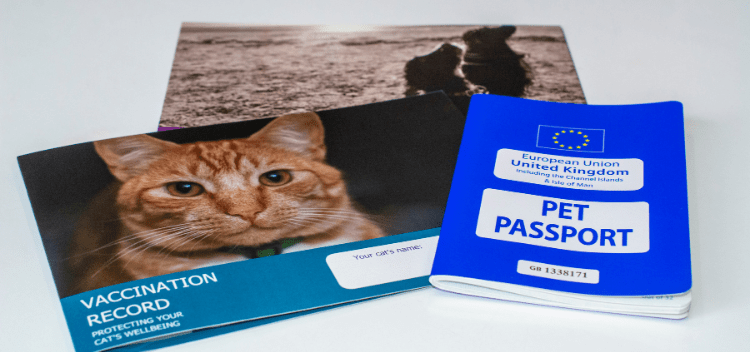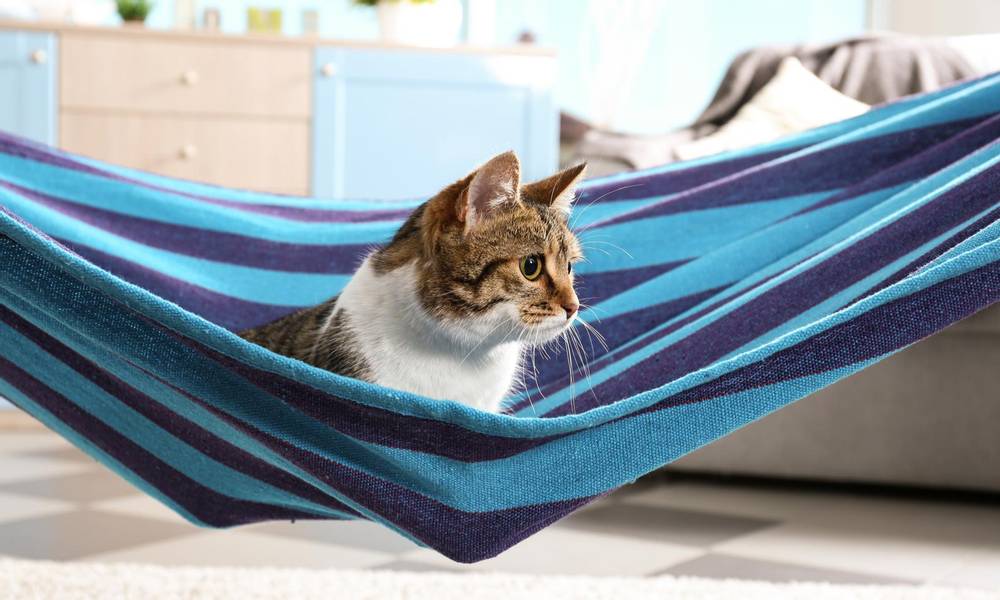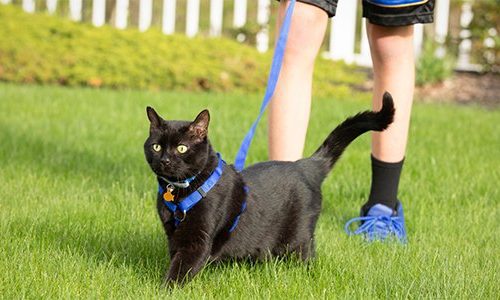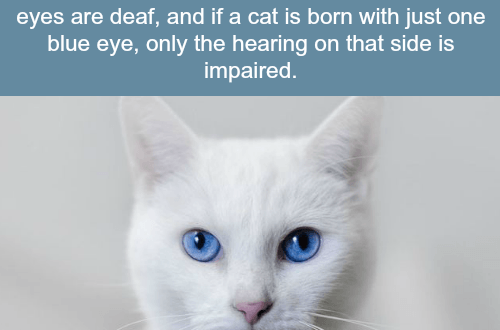
Veterinary passport for a cat

An international veterinary passport for cats is a document that contains complete information about a pet, as well as information about its owner. In fact, this is the identity card of the animal.
Contents
What information does a veterinary passport contain?
Description of the cat: name, breed, gender, date of birth, color and special features
If you do not know the exact date of birth of the animal, you can specify an approximate one. It is better to enter the official color, but if the pet is without a breed, then you can not complicate it, but simply indicate “gray”, “red”, etc. In the column “special signs”, as a rule, they note the presence of scars, signs uncharacteristic of the breed ( for example, color or eye color), body type and other similar data.
Owner Information
Owner details are most often found on the first page. You must provide your full name, residential address and contact phone number.
Identity data
If the pet has a microchip, the cat passport may contain information about it: the chip number, the date of implantation, as well as its location (where it was entered).
Animal photo
Often, especially caring owners paste a photo of a pet – this will definitely not be superfluous. If possible, it is better to use a photo of a cat in full growth, and preferably one where its special signs are visible. If, for example, she has a characteristic spot on her side, try to capture it.
Medical Data
Finally, the most important item in the veterinary passport for a cat is the data on vaccination (date of vaccination, name of the drug, information about the doctor), anthelmintic treatment (name of the medication), information on surgical interventions and medical history. The document also contains information about the treatment of cats from fleas and ticks.
It is interesting that the international passport for cats differs from the internal one only in that the names of the columns in English and / or German are duplicated in it.
Today, all passports issued in clinics are international documents.
How to get?
A veterinary passport is issued at the first vaccination in a veterinary clinic. It doesn’t matter if it’s government or commercial. General information about the animal can be filled in by the owner himself. But medical data is filled strictly by a veterinarian.
Always make sure that the passport is filled out correctly: the pages must contain the original seal of the veterinary clinic, each vaccination mark must bear the seal of the doctor and his signature, as well as the date of the procedure.
Who needs a veterinary passport?
Some cat owners are convinced that if they do not have to travel with a pet, then it is not at all necessary to make a veterinary passport. But this approach is wrong. Firstly, you should not renounce joint travel, because it is impossible to predict how life will turn out. Secondly, the passport combines such important medical data that it can easily serve as a pet’s outpatient card. Which, you see, is very convenient.
If you plan to fly with a cat abroad, be careful: it must have a microchip installed, and vaccinations must be done at least a month before the expected date of departure. In addition, to cross the border, you will need an additional certificate of the animal’s health – Veterinary certificate in the form N1. It is issued by a state clinic and is valid only for 5 days.
14 May 2018
Updated: 28 May 2018





